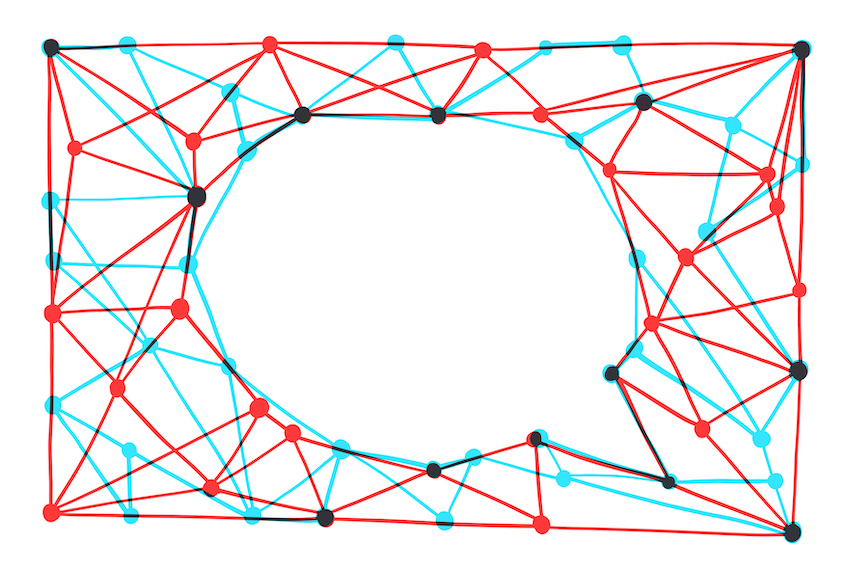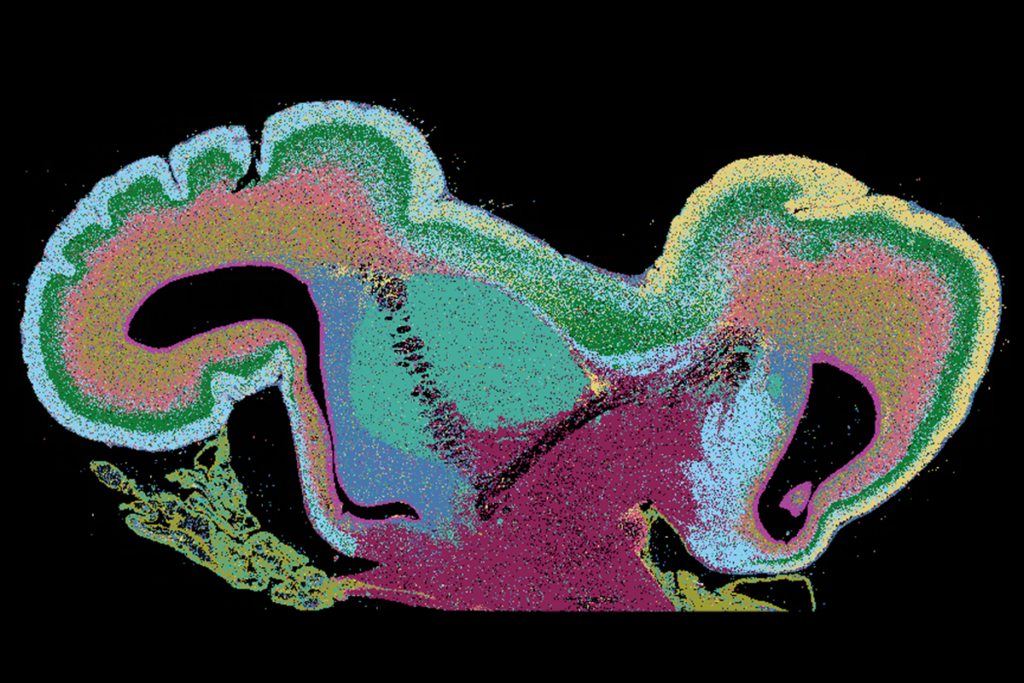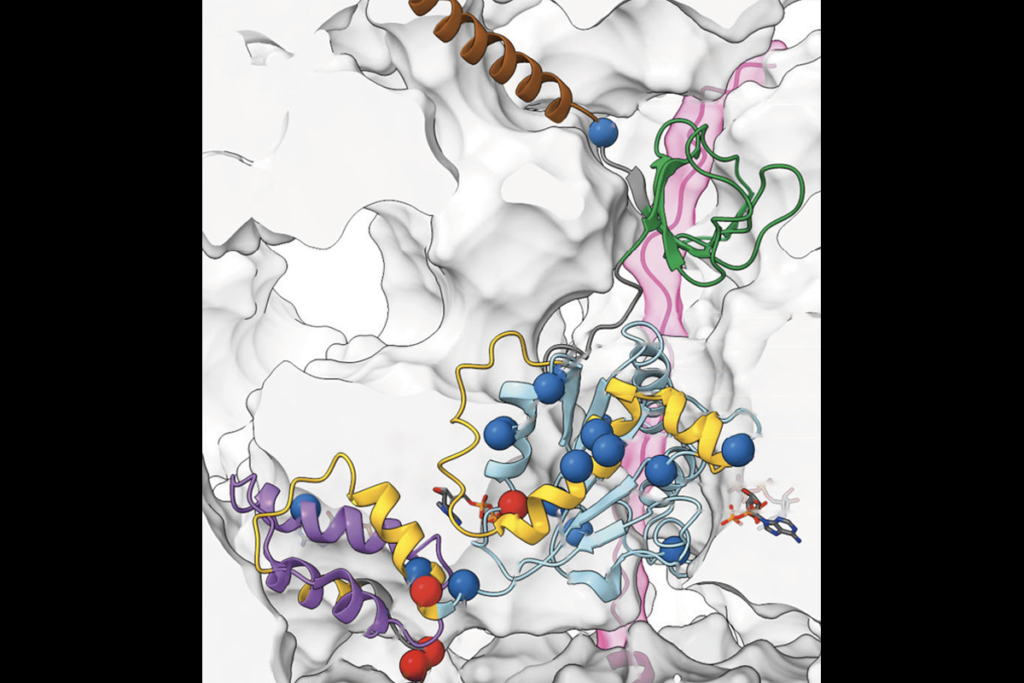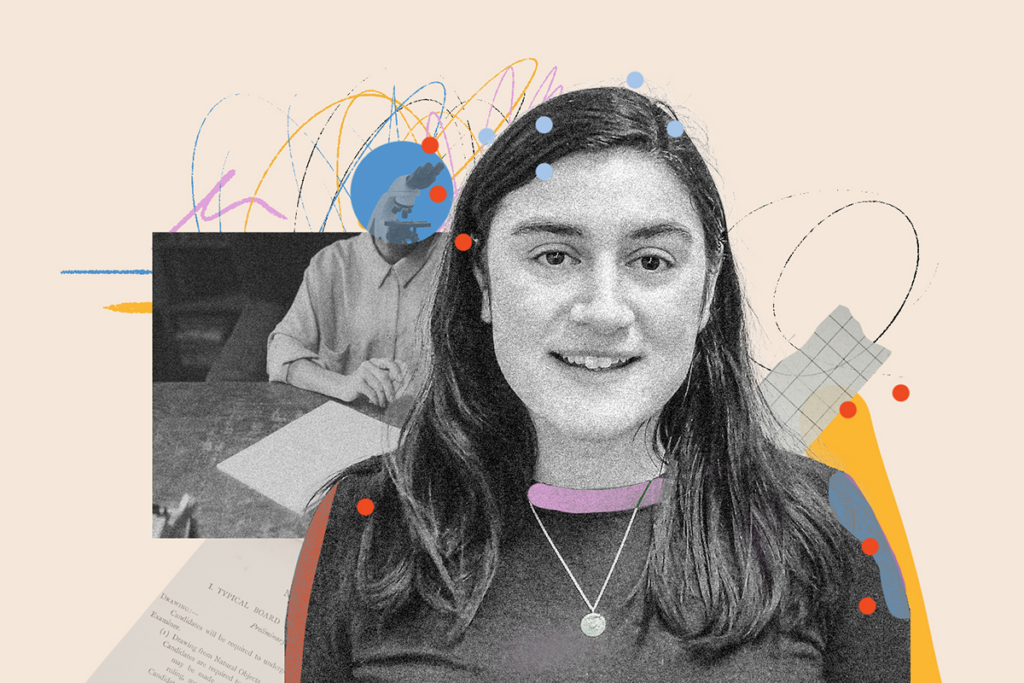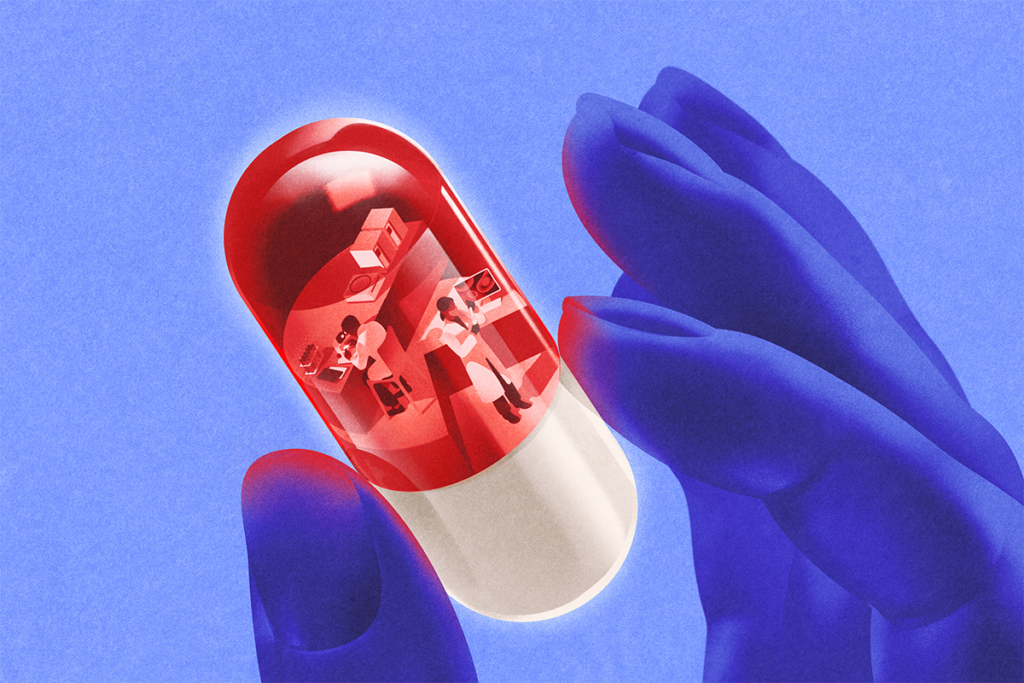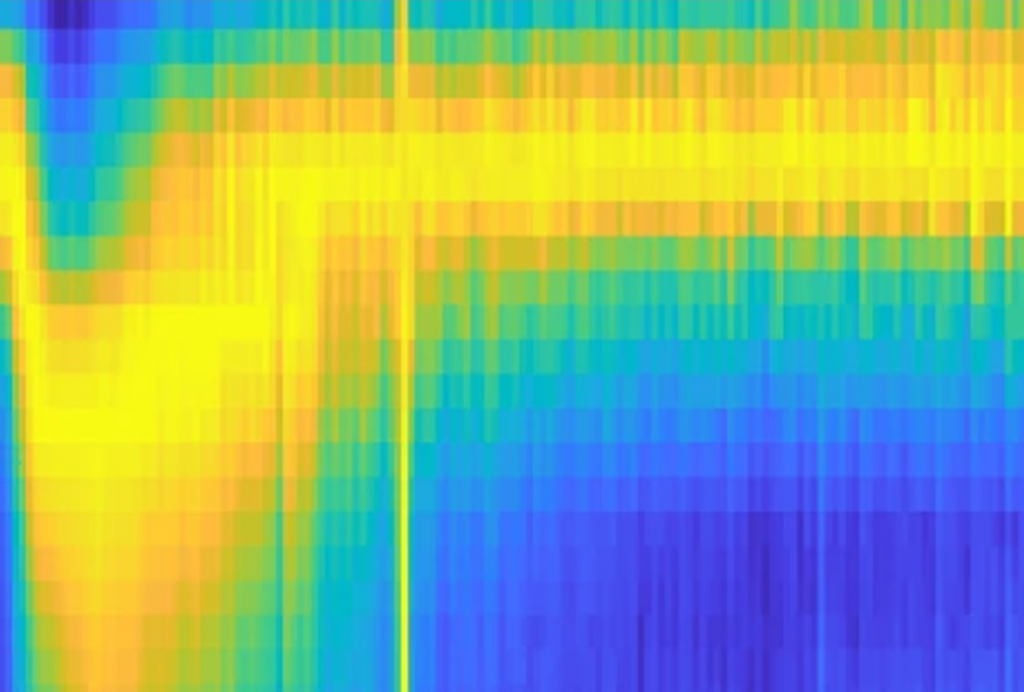Kevin Bender of the University of California, San Francisco, described his team’s preprint “Impaired cerebellar plasticity hypersensitizes sensory reflexes in SCN2A-associated ASD,” posted on bioRxiv 7 June.
New preprint! Impaired cerebellar plasticity hypersensitizes sensory reflexes in SCN2A-associated ASD. This is work spearheaded by an amazing grad student, Chenyu Wang, in collaboration with @guy_bouvier, who is starting his own lab at @NeuroPSI_saclay.https://t.co/05B4UBpg4F
— Kevin Bender (@NeuroBender) June 8, 2023
Alex Kwan of Cornell University, Karen Ho of the University of Utah and Pierre Apostolides of the University of Michigan responded to Bender.
Beautiful cross-species finding! Was recently talking with colleagues about this and so hard to execute..
— Alex Kwan 關進晞 (@kwanalexc) June 8, 2023
Wow! From a robust animal model phenotype to a translatable clinical endpoint for SCN2A lof individuals! Remarkable work.
— Dr. Karen Ho (@picturewing) June 8, 2023
Fantastic and translationally important work. A must read for those interested in ASD, learning + plasticity, circuits, and biophysics. So basically everyone in neuroscience should read this https://t.co/MKIhXsj0PU
— Pierre Apostolides (@pfapostolides) June 8, 2023
Patrick Mineault of xcorr consulting posed a question about podcasts.
Favorite podcasts on machine learning, neuroscience or general nerdy matters?
— Patrick Mineault (@patrickmineault) June 11, 2023
Melissa Franch of UTHealth Houston, Byron Price of Boston University and Evie Coxon of Harvard University were among the many who responded.
I enjoy Lex Fridman podcast and “brain inspired” the most! Used to listen to “unsupervised thinking”
with Grace Lindsay but I don’t think they’ve updated it recently.— Melissa Franch (@Melissa_Franch) June 11, 2023
Mindscape with Sean Carroll
— Byron Price (@byronprecio) June 11, 2023
I really like the Learning Salon for neuro. It also touches on AI a decent amount.
— Evie Coxon (@EvieCoxon) June 11, 2023
Santhosh Girirajan of Pennsylvania State University detailed his team’s preprint “Assortative mating and parental genetic relatedness drive the pathogenicity of variably expressive variants,” posted on medRxiv 26 May.
I am very excited to present our new manuscript, led by my graduate student Corrine Smolen, on the influences of parental factors and assortative mating on neurodevelopmental disorders. Thread… https://t.co/f2KOyB5PAg
— Santhosh Girirajan (@girirajan16) May 27, 2023
Veera Rajagopal of Regeneron Pharmaceuticals and Maddie Gillentine of Seattle Children’s Hospital replied to Girirajan.
Great work demonstrating assortative mating in families of children with neurodevelopmental disorders compared to the general population. Look at the contrast in the spousal correlations of rare deleterious variants in NDD cohorts vs UK Biobank! https://t.co/YN9xeke5Sd pic.twitter.com/OV2LUI6eQB
— Veera M. Rajagopal (@doctorveera) May 29, 2023
Very cool! Essentially showing the basis for “geek syndrome” https://t.co/B5WkYVHDeU would love to see stuff like 15q13.3 dups
— Maddie Gillentine, PhD (@maddieag) May 28, 2023
Sridhar Jagannathan of Charité-Universitätsmedizin Berlin explained his team’s paper “Multivariate classification of multichannel long-term electrophysiology data identifies different sleep stages in fruit flies,” posted on bioRxiv 13 June.
Studies have shown flies can sleep. But do they sleep in stages like humans? Do these stages show micro-behaviours: analogous to REM in humans? Here, we (@vanswinderenlab) show flies do sleep in stages, show specific micro-behaviours while sleeping https://t.co/CST6fbNxaR. [1/N] pic.twitter.com/58Q7PxVH2w
— Sridhar Jagannathan (@i_am_shri_) June 13, 2023
Bigna Lenggenhager of Universität Konstanz and Tristan Bekinschtein of the University of Cambridge joined the conversation.
sleep stages in fruit flies … almost as cool as dreaming spiders @RoesslerDaniela !
— Bigna Lenggenhager (@BignaLen) June 13, 2023
What a great paper on mechanisms of Sleep and behaviour!
Sleep stages in flies
??? signatures of Sleep 2 minutes before behavioral Sleep.
Different brain dynamics for same behaviour when Sleep and awake! https://t.co/ocegmXjYQx— Tristan Bekinschtein (@TrikBek) June 13, 2023
Dimitris Bolis of the University of Lisbon linked to his team’s study “Moving together: Social motor synchrony in autistic peer partners depends on partner and activity type,” published in the Journal of Autism and Developmental Disorders 13 June.
Moving Together: Social Motor Synchrony in Autistic Peer Partners Depends on Partner and Activity Typehttps://t.co/g4dHnaX48U
— Dimitris Bolis (@dimitrisbolis) June 14, 2023
Itay Inbar of Ben-Gurion University of the Negev replied to Bolis.
This study examines Social Motor Synchrony in familiar partners of the same neurotype, comparing autistic and neurotypical children. Autistic children displayed similar or even greater synchrony than neurotypical children! https://t.co/dCjeirrIIw
— Itay Inbar (@ItayInbarr) June 14, 2023
Mastodon user FocalPlane shared a link to the article “Facial analytics based on a coordinate extrapolation system (zFACE) for morphometric phenotyping of developing zebrafish,” published in Disease Models & Mechanisms 2 June.
John Cryan of University College Cork posted a link to “Zebrafish (danio rerio) as a translational model for neuro-immune interactions in the enteric nervous system in autism spectrum disorders,” published in Brain, Behavior, and Immunity 9 June.
Zebrafish (Danio rerio) as a translational model for neuro-immune interactions in the enteric nervous system in autism spectrum disorders – from @DrYassum & colleagues in @BrainBehavImm disorders https://t.co/Kxu1pORiTK pic.twitter.com/CR8BMXzdLN
— John F. Cryan (@jfcryan) June 13, 2023
Gilles Vanwalleghem of Aarhus University replied to Cryan.
Very glad to see this review by @Audrey_AndCvl out! It discusses what we hope our favorite model can bring to studies of neuroimmune interactions https://t.co/MkeSITX0u7
— Gilles Vanwalleghem (@DrYassum) June 14, 2023
Ignacio Málaga Diéguez of the University of Texas Southwestern shared a link to the article “Trofinetide for the treatment of Rett syndrome: A randomized phase 3 study,” published in Nature Medicine 8 June. Spectrum covered the U.S. Food and Drug Administration’s approval of the drug in March.
Anna Williams of SS4 Autism shared a link to “Deletion of the autism-related gene Chd8 alters activity-dependent transcriptional responses in mouse postmitotic neurons,” published in Communications Biology 2 June.
AG Mednet posted a link to their Judi newsletter, which includes Spectrum’s article “Multi-lab study hints at benefits of long-tested autism drug,” published 8 June.
Paul Wang of Clinical Research Associates, an affiliate of the Simons Foundation (Spectrum’s parent organization), commented on “Trials of arbaclofen for autism yield mixed results,” published on Spectrum 5 May.

David Huss of West Virginia University commented on “Simons Foundation clinical research head Wendy Chung to lead Boston Children’s pediatrics department,” published on Spectrum 14 February.
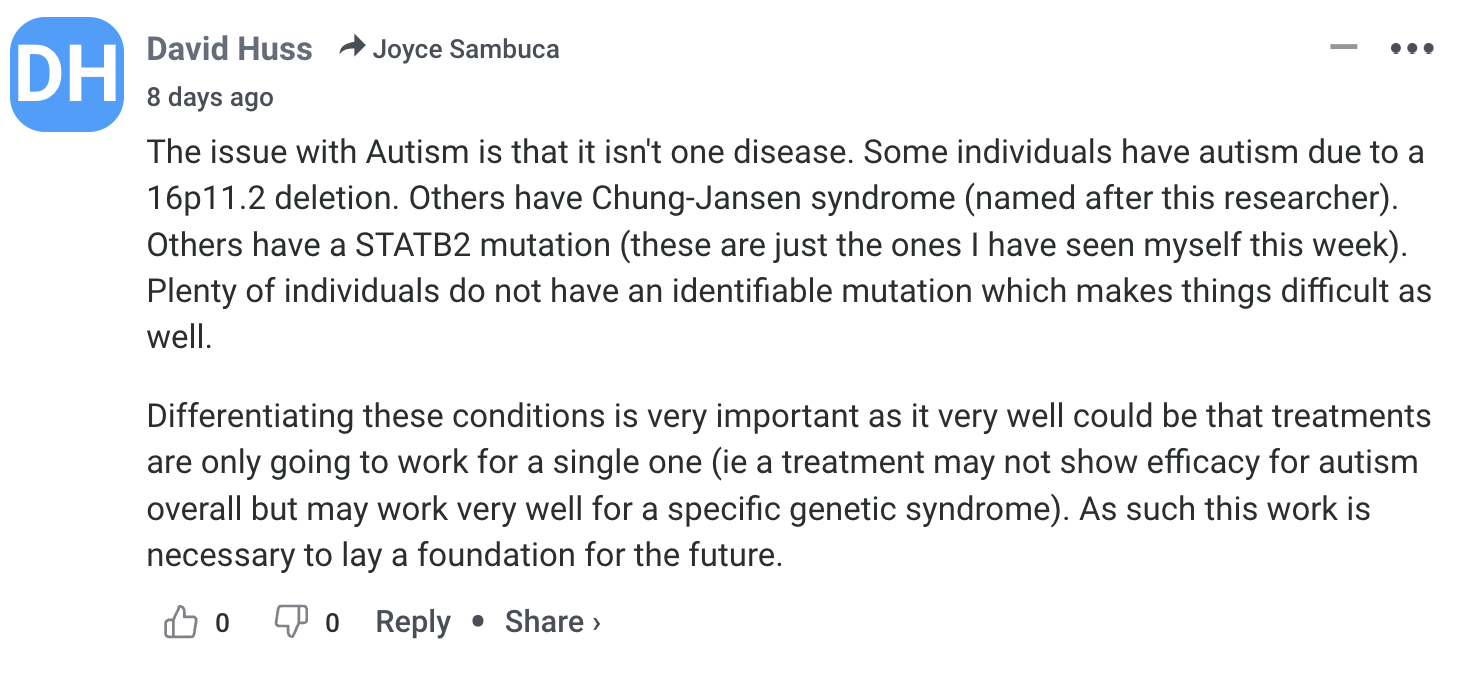
Annemiek Landlust of University Medical Center Groningen posted an image of three posters her team presented at the II European conference on Phelan-McDermid Syndrome in Madrid, Spain.
That’s it for this week’s Community Newsletter! If you have any suggestions for interesting social posts you saw in the autism research sphere, feel free to send an email to [email protected].
Follow us on Facebook, Twitter (@Spectrum), Instagram and LinkedIn.
